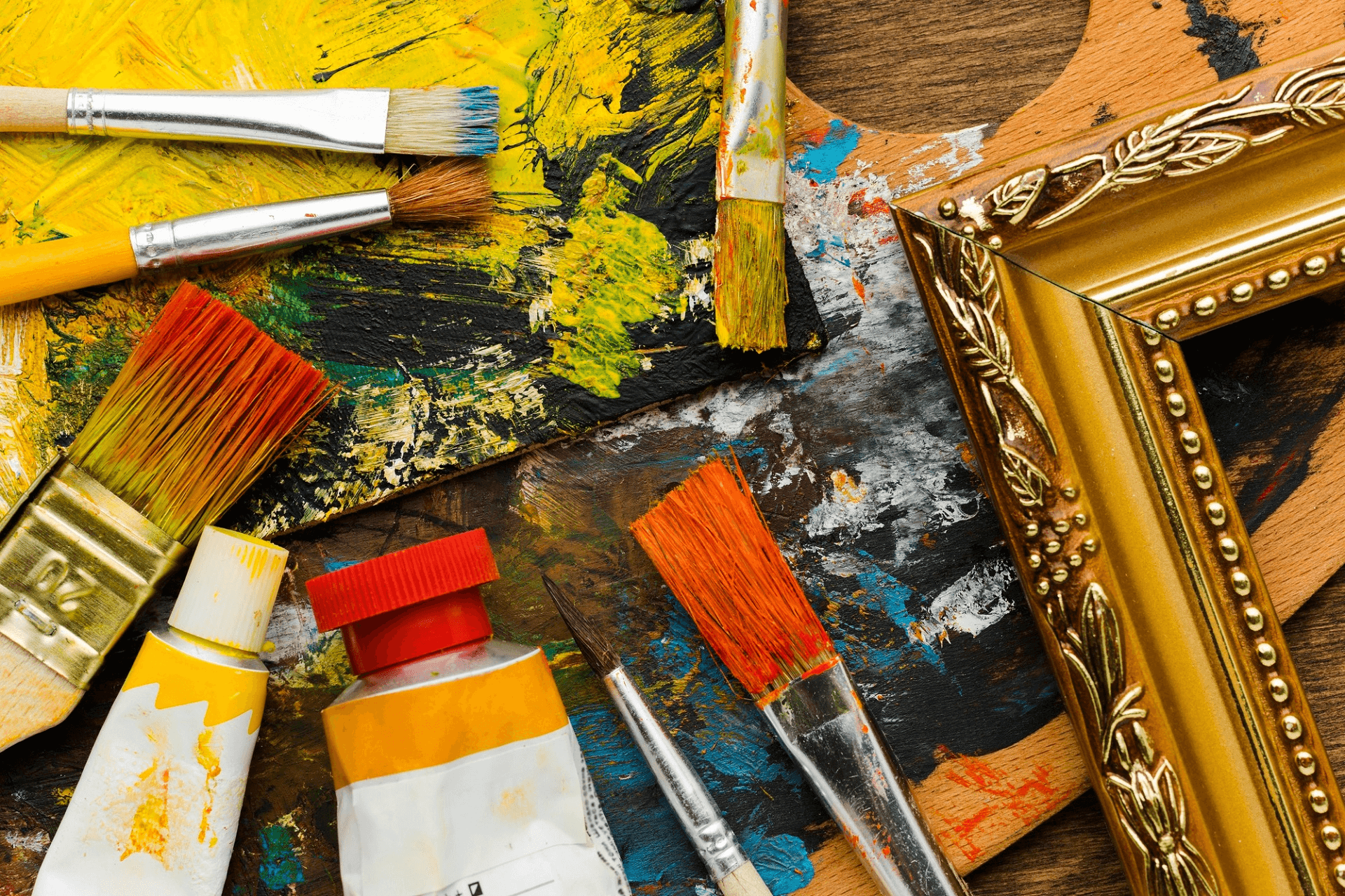
Unveiling Legislation for Artists in Belgium.
Navigating the Canvas: Unveiling Legislation for Artists in Belgium. Belgium, with its rich cultural heritage and vibrant arts
Multi-touch tables are rapidly transforming the way we interact with information and engage with public spaces. These interactive platforms, equipped with large, high-resolution touchscreens, are becoming increasingly prevalent in museums, art galleries, and libraries, offering a dynamic and engaging way to explore collections and learn.
Multi-touch tables are proving to be invaluable tools in educational settings. By providing interactive and hands-on experiences, these tables can significantly enhance learning outcomes. Students can collaborate on projects, explore complex concepts, and visualize data in new and exciting ways. For example, in history classes, students can manipulate timelines, compare historical events, and analyze primary sources. In science, they can conduct virtual experiments and explore scientific phenomena in an interactive manner.
Museums and art galleries are leveraging multi-touch tables to create more engaging and immersive visitor experiences. These tables allow visitors to delve deeper into exhibits, explore collections at their own pace, and discover hidden connections between artworks. For instance, art galleries can use multi-touch tables to provide interactive guides to exhibitions, allowing visitors to learn about the artists, techniques, and historical context of the pieces on display.
Beyond education and entertainment, multi-touch tables offer significant value to public spaces. By providing access to information and services in a user-friendly format, these tables can improve the overall visitor experience. Libraries, for example, can use multi-touch tables to offer digital resources, facilitate research, and provide interactive storytelling experiences.
Storytelling through technology is a powerful aspect of multi-touch tables. By combining visuals, audio, and interactive elements, these platforms can bring narratives to life in a compelling way. Whether it’s a historical event, a scientific discovery, or a work of art, multi-touch tables can offer immersive storytelling experiences that resonate with audiences of all ages.
Multi-touch tables are enabling innovative approaches to preserving and presenting cultural heritage. For example:
Case Study: Virtual Restoration The Vatican Museums have successfully employed multi-touch tables to showcase the virtual restoration of the Sistine Chapel ceiling. Visitors can interact with a digital model of the chapel, exploring the original artwork before and after restoration. By using multi-touch gestures, visitors can examine specific areas in detail, comparing the restored images with the original condition. This interactive experience provides a unique opportunity to understand the complex process of art conservation and appreciate the artistry involved in the restoration.
As technology continues to advance, we can expect to see even more groundbreaking applications of multi-touch tables in the realm of museums, galleries, and cultural heritage. These interactive platforms have the potential to transform how we experience and appreciate our shared cultural heritage.
Copyright © 2024 TheBirdwing. All Rights Reserved.

Navigating the Canvas: Unveiling Legislation for Artists in Belgium. Belgium, with its rich cultural heritage and vibrant arts

The arts and cultural sector plays a pivotal role in society, fostering creativity, igniting imaginations, and preserving our

NFTs, or non-fungible tokens, have taken the world by storm, creating a new era of digital ownership and

Digitizing is more than just random scanning documents. Birdwing shows you what digitizing is and how you approach